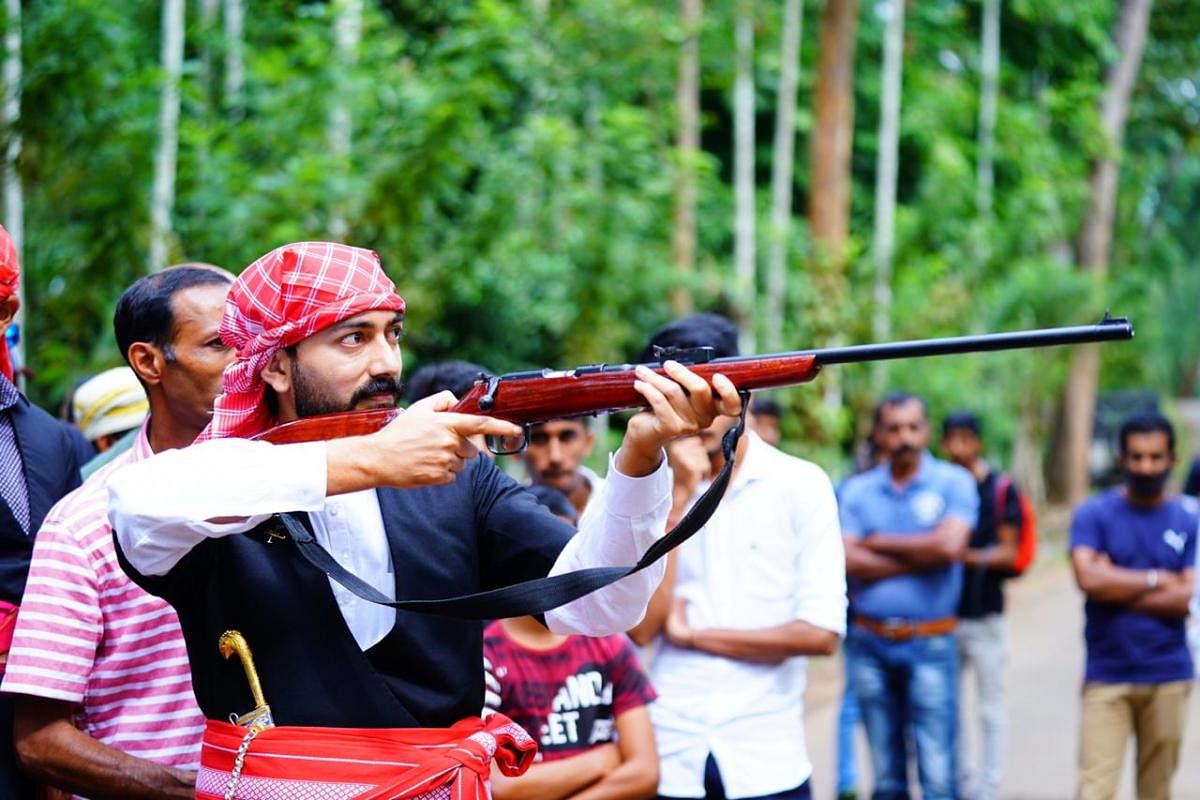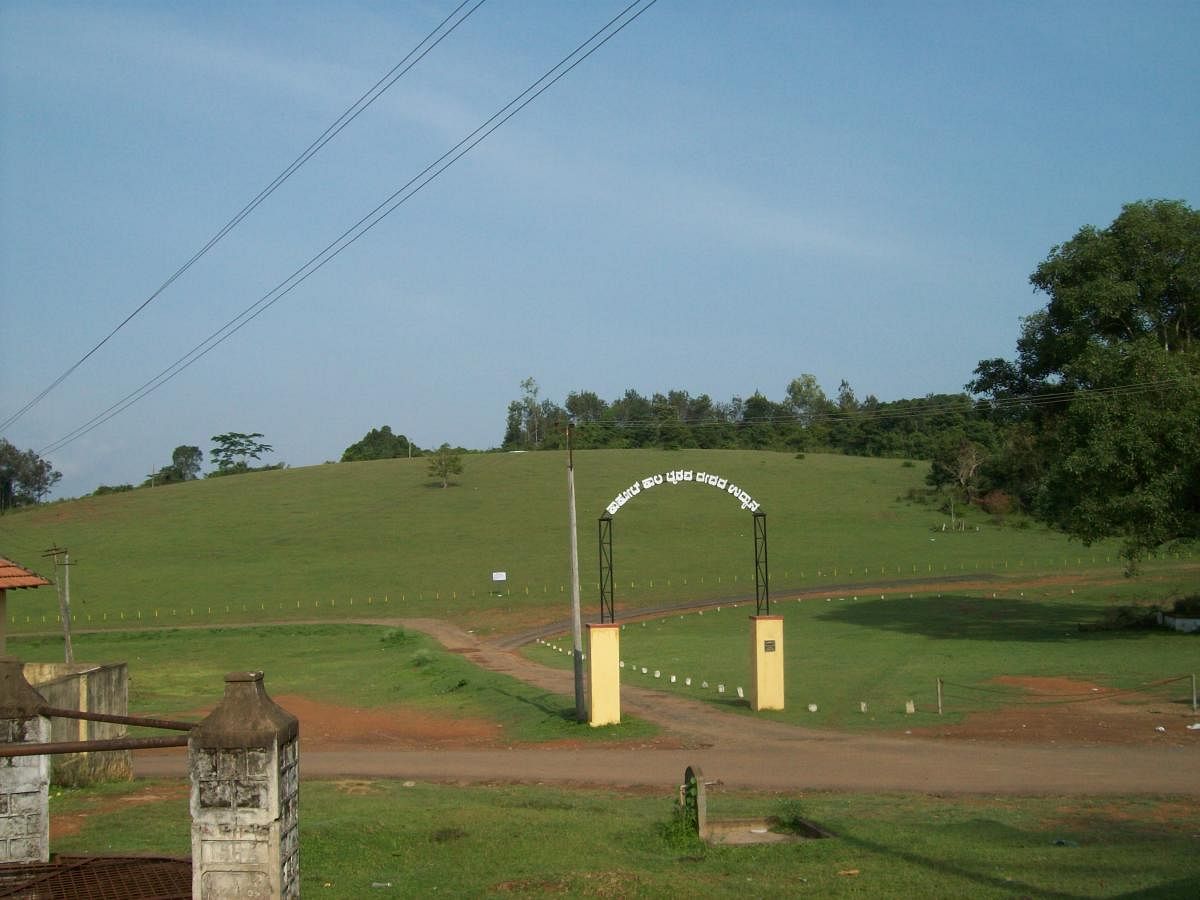

The three main Kodava festivals are Kailpodh, Kaveri Sankramana and Puthari. Traditionally, the Kodavas are paddy farmers and soldiers by profession who worship River Kaveri, the lifeline of Kodagu.
During Kaveri Sankramana (when the river goddess is worshipped), people gather at Talakaveri temple to witness, worship and collect the water which springs up from the fountain at an auspicious time that day.
During Kailpodh (when weapons are worshipped) and Puthari (when the gods are thanked for the rice harvest), villagers gather in their local mands. The mand is a religious place, considered an open-air temple, of the Kodavas. This is a village green which usually has a sap-exuding tree, often a pipal tree.
During Puthari, the names of Aiyappa, Mahadeva and Bhagwathy are invoked at the mands. In Kodagu, Aiyappa is the god of the forests.
A group of villages form a cluster called naad in Kodava language. For eight evenings before Puthari, the village men practise the puthari kolaata (dancing in a circle with sticks in hand) in the moonlight in the mands.
A day after Puthari they gather again at the village mand and perform the village kolaata. A couple of days later, men from a number of villages gather at the naad mand and perform the naad kolaata. For a few evenings, the men continue to do the kolaata.
During Puthari, boys and men engage in mock combat duels. They hold a pathure kolu (a stick made of rattan) and a pare (rattan shield) and fence with each other. The village gods Igguthappa and Baithurappa are invoked before a contest. The combatants must strike below the waist. The game is accompanied by drum beats. Then, after a few days, the village gathers at the village green for the oor-orme (village gathering) and the Puthari festival comes to an end. On the day of Kailpodh, people bring their farmhouse guns and odikattis (broad swords) to the village mand in the afternoon. They aim at coconut shells and shoot them. Later, they cut three banana stalks each, in single strokes. They also compete throwing heavy stones.
Annual festival
Every Kodagu temple has an annual festival. Before the festival, for some days, the people of the village or the naad have to follow certain rules. On a particular day, the village thakka or the village elder assembles all the male members of the village, irrespective of caste or community, at the village green.
Then the rules are announced by the temple thakka (elder). Accordingly, no tree or plant can be cut, no animal can be hurt, no egg can be broken, no coconut can be cut, no liquor can be brewed or drunk, nobody should quarrel or argue, and nobody eats non-vegetarian food within the village or the naad for certain days.
Every family is to send men to clean, maintain and renovate the temple, village green, roads and other community properties. A day before the temple festival the villagers gather again. Anybody who violates the rules must step forward and pay a monetary fine at that time. All these activities and rituals make the Kodava culture social in nature.